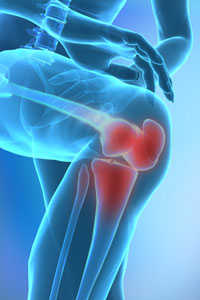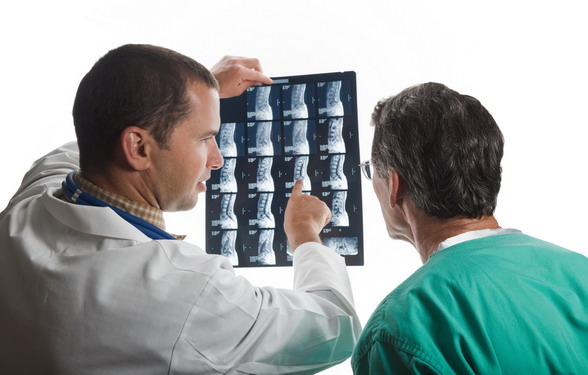Knee osteoarthritis can hinder your movements: walking, stair-climbing, even lying down or sitting. Knee surgery St Louis can offer respite, but doctors generally look for alternatives before taking the surgical route. Those include:
Oral Medications: Some over-the-counter oral medicines include acetaminophen, and also anti-inflammatory non-steroidal drugs, such as Motrin or Advil (ibuprofen) and also Aleve (naproxen sodium). The stronger drugs will require a medical prescription.
Ointments or Creams: There are different forms – the stronger ones needing prescription.
Injectable Medicines: Corticosteroid injections battle inflammation and could provide quick pain relief, which may last several months. Hyaluronic acid injections boost natural joint fluid that is responsible for the smooth movement of knees.
Physical Therapy and Exercise: Exercising adds strength to the muscles supporting your knee; physical therapy helps as well. A physical therapist can customize a program and determine if you require supportive splints, braces, or canes. If you’re obese, exercises may help lose some weight and rid your knees off some pressure.
Weight Loss: With every gained pound, your knees are put under additional three pounds of pressure. If you insist on knee surgery St Louis, the chances of you coping well during recovery are higher if you lose additional weight.
Nutritional Supplements: Some individuals take chondroitin and glucosamine for OA. However, studies on their efficacy have produced mixed results. SAMe, another substance, has been found to work as good as non-prescribed pain relievers and could have lesser side effects. It functions very slowly, however. Before you opt for supplements – natural or otherwise – keep your doctor posted so he could check for possible side effects.
These non-surgical treatments will offer much needed respite from the pain and ensure you are comfortable moving around. If the pain relief offered isn’t good enough, not very effective, or becomes intolerable, your physician will recommend a surgery. For knee osteoarthritis, there are basically two types of surgeries: i) knee replacement surgery and ii) arthroscopic surgery.
Knee Replacement Surgery
If all possible osteoarthritis treatment options have been tried and the knee pain still doesn’t budge, your surgeon could suggest a knee replacement procedure. The surgery can assist with reducing your pain and also improve your movements.
In this surgery, either all or a knee joint portion is removed to be replaced by an artificial joint. These synthetics are made of plastics and metals.
The recovery period may last a few months, but the respite from pain can last for a longer time period or even the entire lifetime. A surgery for knee replacement could be knocking the door if you have:
• Acute knee pain that restricts your routine activities.
• Severe or moderate knee pain during resting periods, either night or day.
• Chronic knee swelling and inflammation that does not become better with medications or rest.
• Deformed knee: a bowing out of or in your leg.
• Stiff knee: inability to straighten and bend your knee.
• Little to zero pain relief from drugs, or even not being able to tolerate them.
 Arthroscopic Surgery
Arthroscopic Surgery
In this surgery, the doctor pushes in a sleek tube equipped with a small camera at its end via a minor opening in the skin to see the innards of your knee. The surgeon could then take out the damaged cartilage – the smooth cover shielding the joint bones. The knee could be flushed or cleaned to remove cartilage pieces or loose bone that could be causing pain.
Generally, the recovery period isn’t too long nor is it very painful. Most patients get back to routine form within a matter of days. Arthroscopic surgery could offer short-lived pain relief. Moreover, it may also postpone the need for a more complex surgery by quite some time.
Post-Surgery
After your surgery (osteoarthritis or knee replacement), your knee will be in bandaged condition and there will also be a drain for collecting fluid. You could also have a catheter – a small tube that’s connected to the bladder.